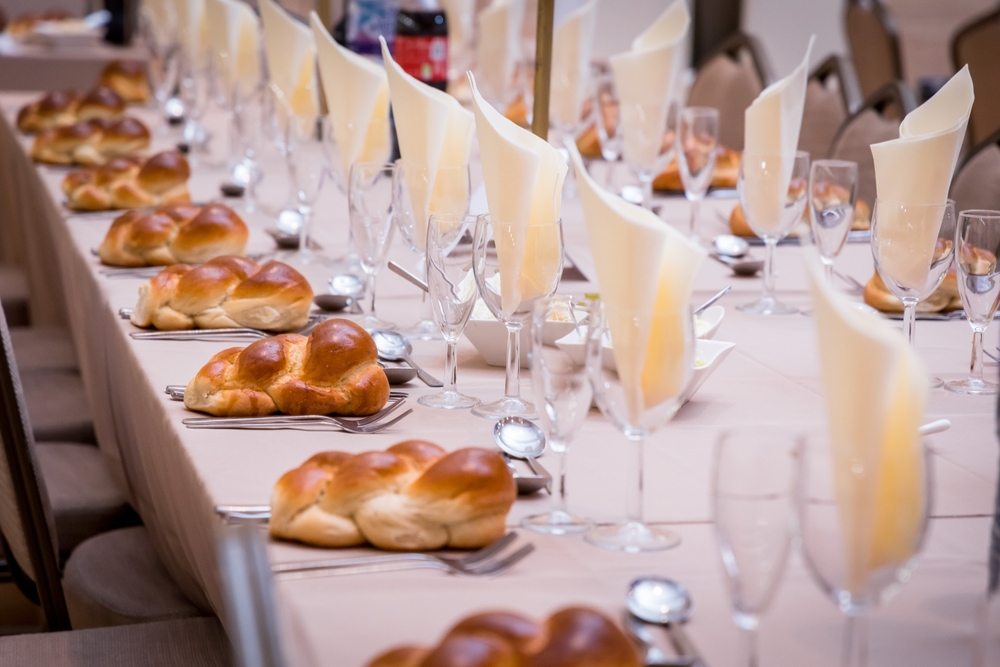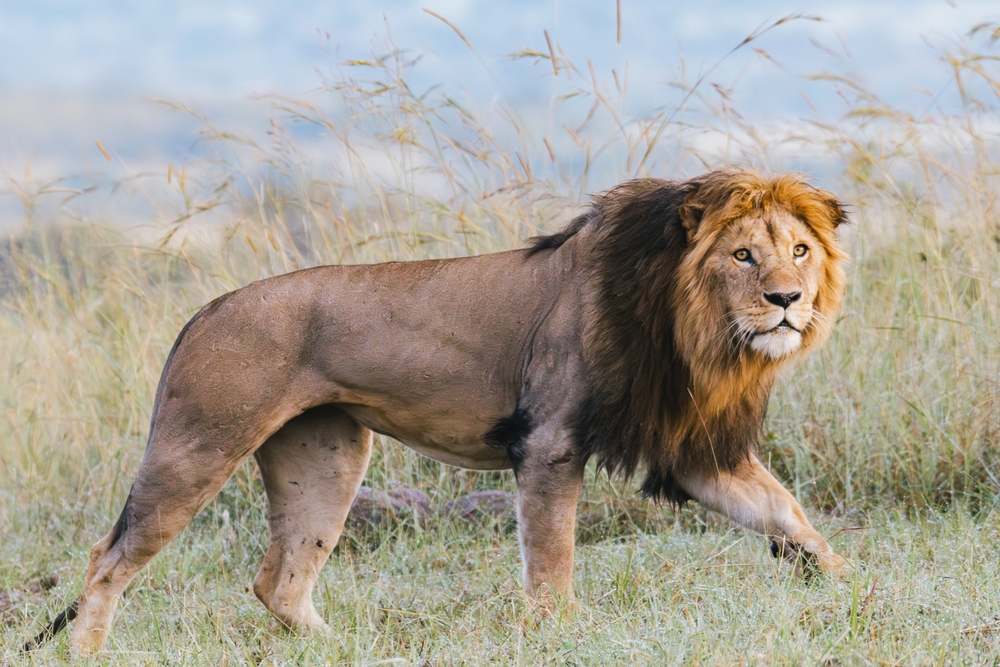Q: What type of wheat can be used for flour to make Matzah that is kosher for Passover?
A: While kosher supervision of Passover flour used for “regular” matzah begins prior to its milling, the flour used in “shmurah” (watched) matzah is supervised from the time that the wheat is harvested in the field. Wheat can only be used to make shmurah matzah flour if it has been inspected against any signs of moisture.
This rhyming poem tells a story of the journey of Passover flour, starting from the wheat that is inspected for moisture in the fields and ending with that first bite into a crunchy matzah at the Passover table.
Black Dot On the Horizon
Month of Av, sun paints field with golden tints, Glaring at horizon, the farmer’s eye squints. Where the blond field meets blue sky, a black dot, Appears from the mist, approaching the crop. The neigh of a horse shifts the farmer's gaze, Till he turns back and grants the dot a wave. Which is by this time a black dot no more, Black dot had turned into what he’d hoped for. A black hat, black coat, and black shoes approaching, Closer he came, the more he was grinning. A year has passed since mashgiach was here, To check the wheat crops, quite close he will peer. "Please hurry! We must start!!" the farmer shouts, Grinds wheat in his palm, as mashgiach scouts. “You’re right, no time to waste,” mashgiach frets, Most wheat is still dry, but now some is wet. Dew settles on wheat, bakes under the sun, Can leaven the wheat, a reason to shun. Sent to the farm by the matzah factory, To choose the wheat for their inventory. "Field one is chametz! Field two is ok!" Cries mashgiach, before going away. This wheat's journey not meant for a bagel, Rather for matzah on Passover table. From farm to the flour mill, traveled the wheat, The mashgiach chooses, the farmer reaps. Onto a truck, the very special flour, Driven to Brooklyn, during rush hour. Heading to be made not into challah, Rather next Passover’s shmura matzah Factory waits for flour truck to arrive, Like groom at chupah, waiting for his bride. No machine nor tech in baking is used, Flour and water by hand they are fused. In order to make their unleavened bread, Together with water, flour is wed. Marry the flour with water by hand, Must make matzah in eighteen-minute span. Nothing is added, no yeast and no salt, The dough cannot rise, all leavening must halt. Called matza “shmura,” by hand it is made, Rolled flat and pressed round, unlike challah’s braid. By hand form the dough, by hand you must knead, Into the oven, a thousand degrees. Out of the oven, the edges are burned, Black spots on the edge? It’s of no concern. Why did G-d decree this prohibition? Why is it called this “bread of affliction?” The answer found in the holy Torah, We find it in Bo, name of the parsha. The Jews in Egypt were living as slaves, Moshe led the Jews to freedom unscathed. While Pharaoh pondered God’s name in heaven, Jews took their dough before it could leaven. The Jews' exodus indeed did occur, So we eat matzah at the Passover seder. Matzah arrives at Passover table, Recite the story of the Jewish faithful. Take three whole matzot, called matzah “shlemim,” No matzah is broken, none are “shvurim.” Middle matzah is raised for all to see, First blessing recited, called “Hamotzi.” Close your eyelids and listen for the crack, Recall wheat’s journey, began with a black Dot on horizon, a walk through wheat fields, To carefully choose the crop that would yield. Matzah for Passover, ready to munch, Bite with your teeth, and listen for crunch.
By Ronen Khordipour


